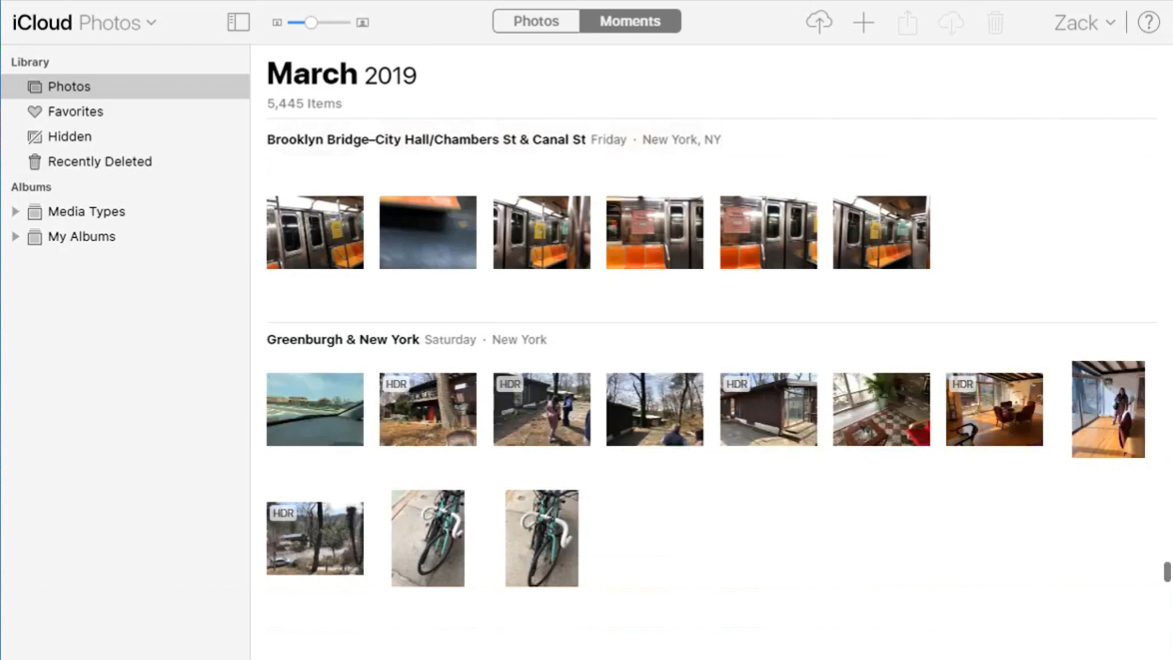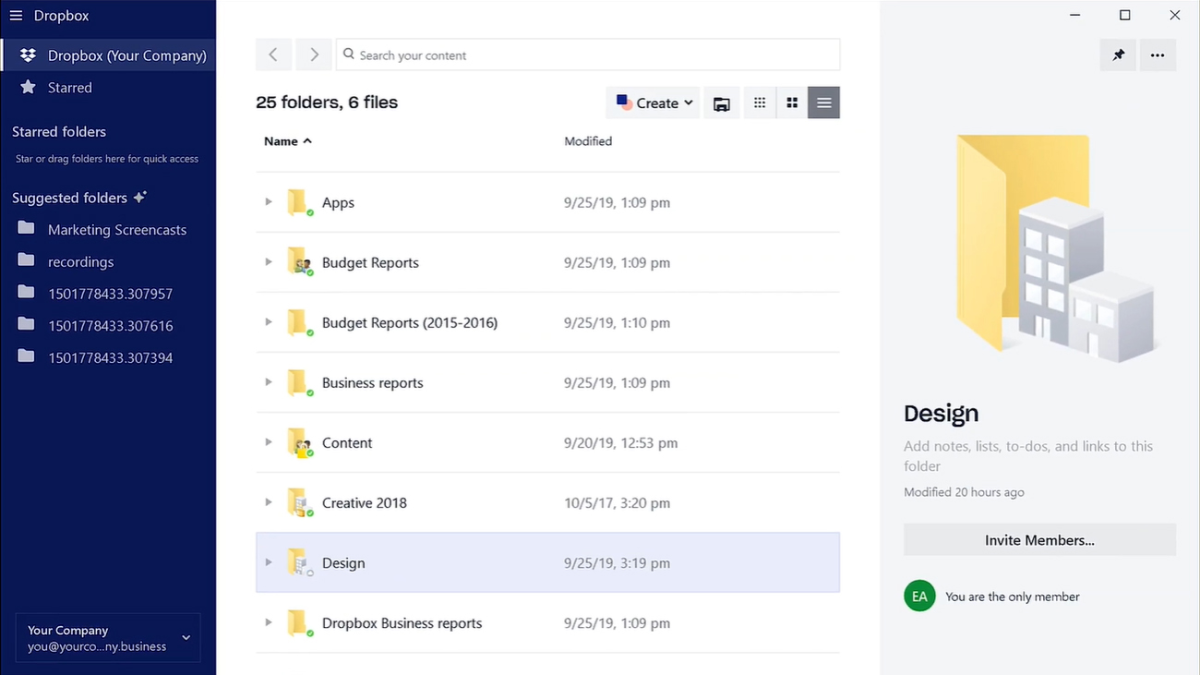Cloud computing has taken over both personal solutions and business applications. As it stores data and provides access from anywhere, it lets you bring your files wherever you require without the need for a thumb drive. Moreover, it has eliminated the geographic limitations when it comes to retrieving assets, thus, changing how businesses operate.
Personal computing has also received an upgrade. You can now use multiple devices without manually transferring files between them. Due to the increasing demands, more cloud storage solutions are offered for free. Some are even part of the services offered by service providers.
In this article, we will present an Apple iCloud vs Dropbox comparison. Inarguably, these are two of the most popular file-sharing services in the market today. But first, let us consider the key reasons why you should consider using cloud file-sharing software.
Why Consider Cloud File-Sharing Software?
Cloud storage is one of the most popular uses of cloud technology, especially during its early adoption. Many are attracted to the service due to the convenience of having access to files and other assets. As long as you have the Internet, you can log in to your favorite file-sharing account.
As the technology matured, cloud service providers began offering more features such as in-app editing, synchronization across devices, advanced organization, and much more. As such, it became an integral part of business management. However, these are just some of the core benefits of using cloud file-sharing software. The comparison below will explore more functionalities that you may find useful.
Overview of Apple iCloud
Apple iCloud is Apple’s answer to cloud storage and file-sharing. If you are using mainly Apple products, it keeps your content secure and your apps up-to-date across your devices. By default, it automatically syncs your files, photos, notes, settings, and more.
It keeps a backup of your personal data from different apps, such as iCloud Drive, Photos, Mail, Calendar, Notes, Reminders, Pages, Numbers, Keynote, Safari, and much more. The application can also sync credit card information, passwords, and other sensitive information through iCloud Keychain. Additionally, you can share books, apps, music, and other content with your family using the Family Sharing functionality.
iCloud is included in your Apple device and is activated when you sign-up or sign-in using your ID. The application aims to unify your experience within the Apple ecosystem. iCloud is also accessible through a web browser, albeit with limited functionalities.
Check out our Apple iCloud vs Google Drive comparison guide to learn how this product compares with another popular document management solution.

Apple iCloud allows you to enjoy a seamless experience across different devices.
Overview of Dropbox
Dropbox dubs itself as the world’s first smart workspace. The service provider is one of the first to offer cloud storage solutions. It provides both personal use and corporate features and storage capabilities. At its core, the platform allows you to access Dropbox Paper documents, content, and web shortcuts in one place. You can organize them in folders, much like you would in your local machine. Then, you can set-up Dropbox to sync your digital assets on various devices using the platform’s native applications.
Aside from storage and file sharing, the company also offers collaboration tools. These let you share projects and files with your team. Moreover, it will allow you to work within Dropbox and see updates in real-time. Its desktop version also includes Dropbox Spaces, where you can create dedicated workspaces for your projects.
The extended functionalities make Dropbox a great document management tool as well. If you like to read more about document management software and relevant applications, check our writeup here.

Dropbox allows you to manage your personal and work files right in one place.
Apple iCloud and Dropbox Comparison
Pricing and Storage
Both Apple iCloud and Dropbox offer free storage right out of the box. The former provides 5GB of storage while the latter includes 2GB. At this point, iCloud is slightly ahead in the comparison. However, keep in mind that aside from files, you are also storing most, if not all, data from your devices. The two services offer paid options if you wish to upgrade.
iCloud’s paid storage plans slightly differ per territory or country. In this article, we will compare the pricing in North America, which is as follows:
- 50GB – $0.99/month
- 200GB – $2.99/month
- 2TB – $9.99/month
Meanwhile, Dropbox positions itself as the go-to cloud storage and file-sharing service for both personal and professional use. Hence, they offer two types of plans.
For individuals:
- Plus (2TB) – $9.99/month
- Professional (3TB) – $16.58/month
For teams:
- Standard (5TB) – $12.50/user/month
- Advanced (As much space as needed) – $20/user/month
The pricing and storage offered are pretty much the same, especially in 2TB plans. However, iCloud is targeted at individual users, while Dropbox aims to combine work and personal requirements. It should be noted that each plan also comes with its own core and advanced features. As such, in pricing, Apple iCloud vs Dropbox comparison is pretty much even.
Syncing Across Devices and Cloud
Dropbox has one of the most efficient and effective syncing engines on the market. Even with relatively slow connections, the platform can properly manage bandwidth to upload and download files. It is rare to encounter significant data loss. However, you may encounter the occasional duplicate files.
iCloud, on the other hand, is an integral part of any Apple device. That means there is no need to download a third-party application to start syncing your files. In macOS, you can easily see your cloud files in the iCloud Drive folder. You can even sync your Desktop and Documents folders and access them using your iPad or iPhone. Furthermore, iOS apps can store their data in iCloud. This creates a seamless experience if you are using the same app on different devices.
Security and Sharing Permissions
All data transfers are downloaded and uploaded by Dropbox between devices using Transport Layer Security (TLS) and Secure Socket Layer (SSL). Additionally, all your files are under 256-bit AES encryption in the Dropbox servers. That means your files are generally safe from snooping. However, it should be noted that Dropbox also handles the encryption key to your data, so your files are not entirely safe from hacking if the key is stolen from their servers.
Aside from security, Dropbox offers advanced sharing permissions that allow you to granular control of your data. You can set read-only permissions to files, folders, and subfolders. By default, all sharing links are public in Dropbox. However, in paid plans, you can create links protected by a password. Also, you can generate URLs that expire after a specific amount of time.
Much like Dropbox, Apple iCloud takes advantage of 128-bit AES encryption and TLS 1.2 while syncing and storing your files in their servers. However, unlike the former, Apple implements end-to-end data encryption. Your encryption key is generated using a unique combination of your device information and passcode. That means that the company does not have access to your key. But, it is important to remember your passcode to have access to your data.
Integrations
Many Dropbox features can only be used within the application through a web browser. However, its Dropbox Desktop application is available for Windows and macOS computers. And, the platform is also available in Linux with both .deb and .rpm installers. It is even possible to compile the application from source. You can also download mobile versions of Dropbox in Android and iOS. To improve its collaborative functionalities, Dropbox integrates with Microsoft Office 365, which allows you to view, edit, and collaborate using Microsoft Office documents within the platform.
Meanwhile, because iCloud is tightly woven into Apple devices, it integrates with practically any iOS app. You can store settings, customizations, and other app-related data in iCloud so you can expect the same experience on other devices. Additionally, Apple made it easy to use other file-sharing services with the File app. Aside from iCloud, it integrates popular cloud services, such as Dropbox, Microsoft One Drive, Google Drive, Baidu, Adobe Creative Cloud, and more.
The Verdict: Apple iCloud vs Dropbox
Our Apple iCloud vs Dropbox comparison above shows you two file-sharing services that are basically on par with one another. They both include innovative features that provide easy access to your data along with other functionalities.
If most of your devices are Apple, there’s no reason why you should not take advantage of iCloud. The system makes it easy for you to switch between your macOS, iPhone, and iPad while maintaining the same trademarked Apple experience.
On the other hand, Dropbox is perfect if you want to manage both your personal and professional life in the cloud. It is easy to install and integrate into your existing workflow. Additionally, it allows you to work on your documents right within the platform.
Alternatively, you can opt to choose both. You can use iCloud for your data back up and take advantage of Dropbox for files that you want to access outside the Apple ecosystem.
